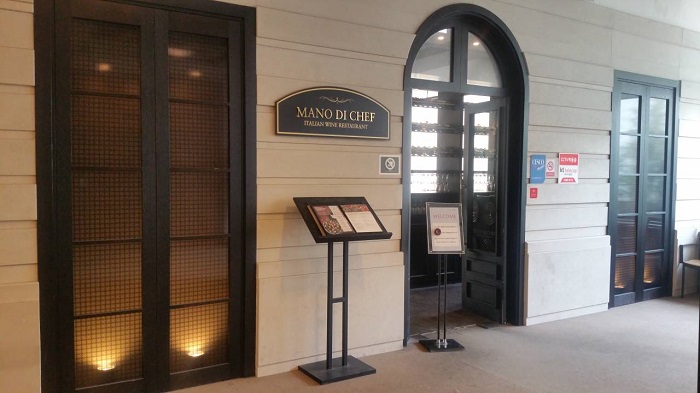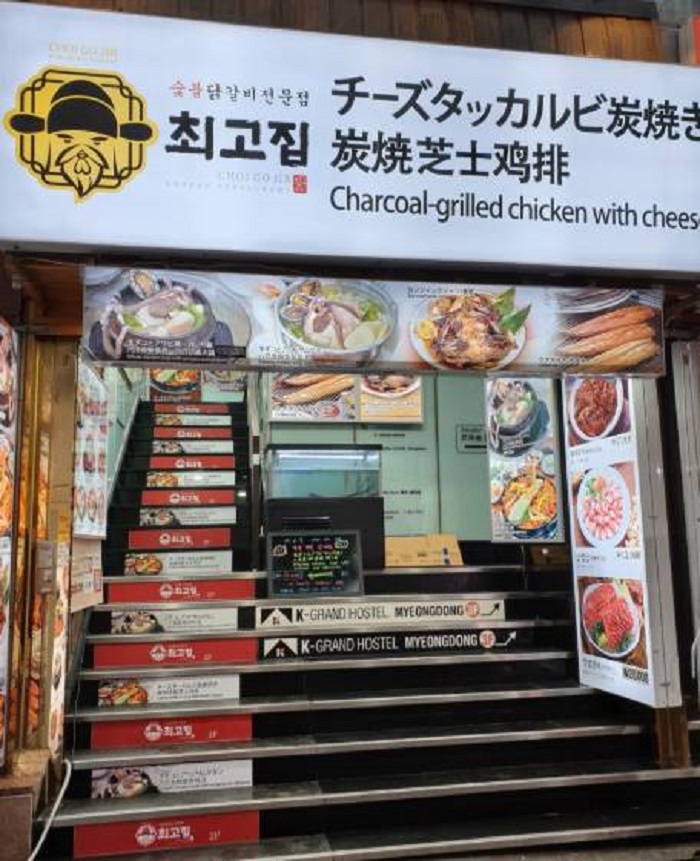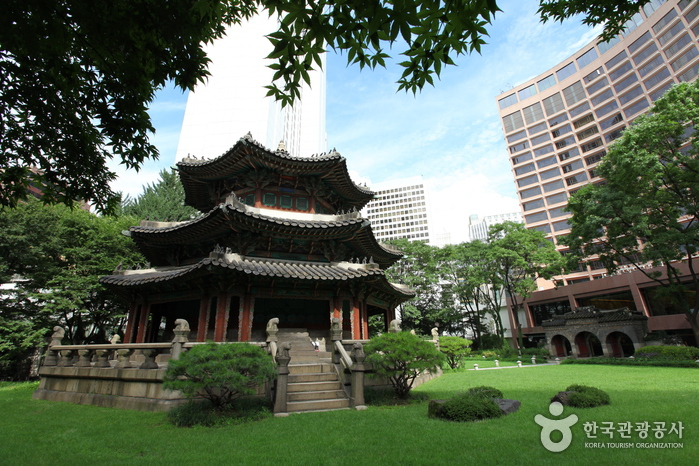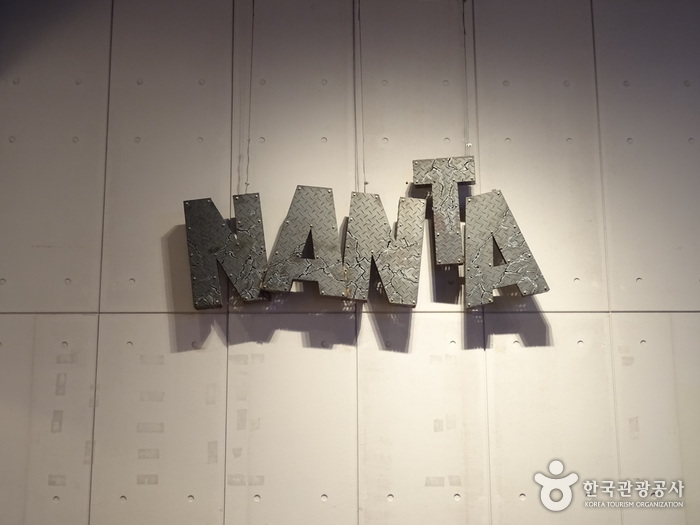MANO DI CHEF - Myeong-dong Branch (마노디셰프 명동)
10.6Km 2021-03-29
26, Myeongdong-gil, Jung-gu, Seoul
+82-2-777-7047
It is a restaurant offering a nice night view of Seoul Tower. The best menu at this restaurant is steak. This Western dishes restaurant is located in Jung-gu, Seoul.
Baekje Samgyetang (백제삼계탕)
10.6Km 2024-03-11
8-10, Myeongdong 8-gil, Jung-gu, Seoul
+82-2-776-3267
Located in Myeongdong Street, Baekje Samgyetang is renowned for samgye tang (ginseng chicken soup). This long-standing establishment has been in business for two generations since 1971 so it has been featured on TV in Korea and other countries. In addition to samgye tang, they also serve chicken dishes such as dakdori tang (spicy braised chicken), roasted chicken, and jeonbok juk (abalone porridge), attracting numerous patrons.
Shoe Marker Plus - Myeongdong Branch [Tax Refund Shop] (슈마커플러스 명동점)
10.6Km 2024-07-01
26, Myeongdong-gil, Jung-gu, Seoul
-
Choegojip Sutbul Dakgalbi Jeonmunjeom(최고집숯불닭갈비전문점)
10.6Km 2021-04-14
21-7, Myeongdong 8-gil, Jung-gu, Seoul
+82-2-3789-3334
It is a place where you can enjoy a variety of toppings for Dakgalbi (Spicy Stir-fried Chicken) that is popular in Korea. This Korean dishes restaurant is located in Jung-gu, Seoul. The most famous menu is spicy stir-fried chicken.
Jangchungdan Park (장충단공원)
10.6Km 2020-03-18
261, Dongho-ro, Jung-gu, Seoul
Jangchungdan Park is located on the northeastern foot of Namsan Mountain. On August 20th, 1895, Empress Myeongseong was killed by Japanese soldiers in Gyeongbokgung Palace and many Korean soldiers such as Yi Gyeong-jik and Hong Gye-hun died while trying to hold back the intruders. In memory of these soldiers, Emperor Gojong built the Jangchungdan Shrine in November 1900 at the current site of the Shilla Hotel guesthouse. The shrine was lost during the Korean War and the area was renovated into a park in 1919.
On September 22, 1984, Jangchungdan Park was designated the 374th neighborhood park of Korea and part of the park was merged with Namsan Park. The remaining area retained the name “Jangchungdan Park” and is still home to cultural assets such as the Jangchungdan Memorial Stone, Supyogyo, Seungjeongjeon, Gwanseongmyo, and Waryongmyo. The park is considered a landmark of patriotism since it contains the 1919 Independence Movement of Korea Memorial Stone and other monuments dedicated to people such as Han Yong-un, Yu Gwan-sun, and Gim Yong-hwan who fought for the independence of Korea.
Hwangudan Altar (환구단)
10.6Km 2020-05-07
112, Sogong-ro, Jung-gu, Seoul
+82-2-3396-5842
Hwangudan Altar, also called Hwandan Altar, refers to an altar complex for the rite of heaven. The rites were first performed in the Goryeo dynasty by King Seongjong in the first month of 983 (2nd year of his reign), but was repeatedly adopted and abolished, and eventually stopped at the start of the Joseon dynasty.
Then in 1456 (2nd year of King Sejo), the practice was temporarily standardized and the rites were performed at Hwangudan Altar again in 1457. However, rites were again abolished in 1464 (10th year of King Sejo). It wasn’t until 1897 (34th year of King Gojong) when the Joseon dynasty was renamed as the Korean Empire and King Gojong ascended to emperor, that the rite was revived.
Now, Hwangungu Shrine and three stone drums stand at the location of the former altar complex. The three stone drums symbolize the instruments used for the rites. The shrine was completed in 1899, two years after the altar was started in 1897. Today, the Hwangungu Shrine still stands within the hotel grounds of the Westin Chosun Hotel.
Myeongdong Nanta Theatre (명동난타극장)
10.6Km 2021-07-23
26, Myeongdong-gil, Jung-gu, Seoul
+82-2-739-8288
Nanta, Korea's representative non-verbal performance, opened their fourth exclusive theater in Myeong-dong, the center of shopping. The 386-seat theater is located within the UNESCO Building. It is the largst of the Nanta theaters, and was the first to present foreign actors within the performances. There are 3 shows every day, all year round.
V Spa - Lotte Avenuel Branch [Tax Refund Shop] (브이스파 롯데에비뉴엘)
10.6Km 2024-04-18
10F, 73, Namdaemun-ro, Jung-gu, Seoul
-
CH Carolina Herrera - Avenuel Branch [Tax Refund Shop] (CH캐롤리나헤레라 에비뉴엘)
10.6Km 2024-04-19
4F Lotte Department Store Main Branch AVENUEL, 73, Namdaemun-ro, Jung-gu, Seoul
-


![Shoe Marker Plus - Myeongdong Branch [Tax Refund Shop] (슈마커플러스 명동점)](http://tong.visitkorea.or.kr/cms/resource/73/3314773_image2_1.jpg)




![V Spa - Lotte Avenuel Branch [Tax Refund Shop] (브이스파 롯데에비뉴엘)](http://tong.visitkorea.or.kr/cms/resource/04/2888404_image2_1.jpg)
![CH Carolina Herrera - Avenuel Branch [Tax Refund Shop] (CH캐롤리나헤레라 에비뉴엘)](http://tong.visitkorea.or.kr/cms/resource/07/2888707_image2_1.jpg)
 English
English
 한국어
한국어 日本語
日本語 中文(简体)
中文(简体) Deutsch
Deutsch Français
Français Español
Español Русский
Русский